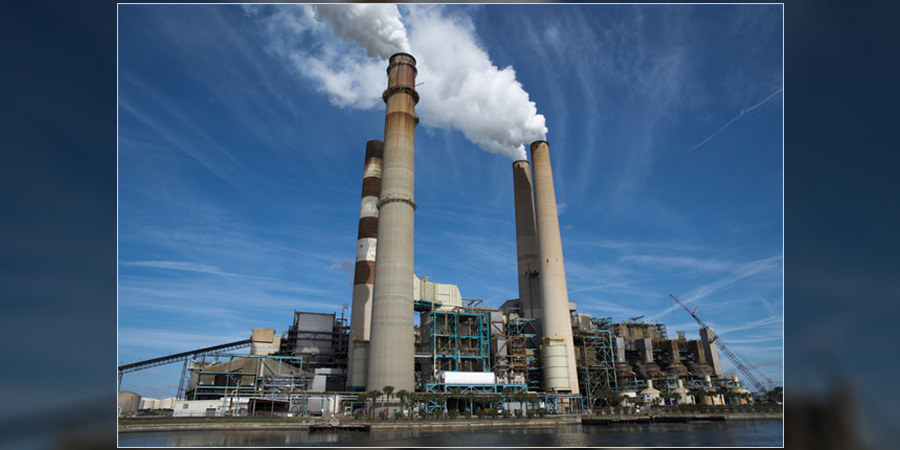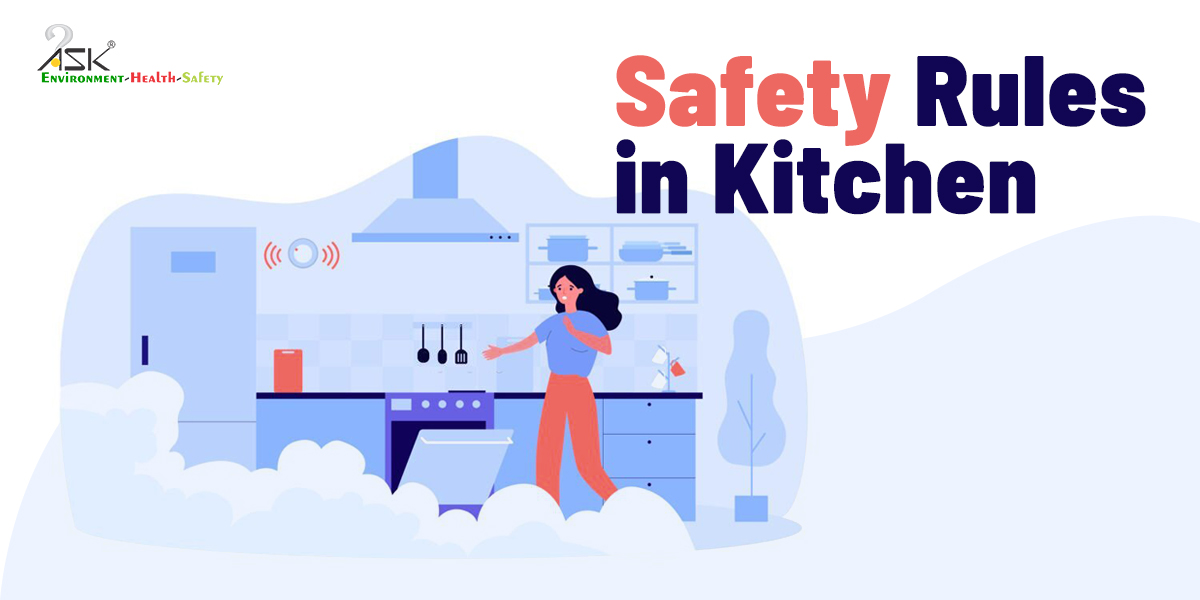Overview of process safety management

Process means a series of actions to achieve an objective. Its operations in industries may entail combinations of materials, as initial or intermediate inputs, or additives; actions like carrying, placing, mixing, involving in reaction, changes in compositions; formations in particular shape/size,…. and so on.
Several calamities have occurred, taking heavy toll of life, health and assets. Single case of Bhopal tragedy in India in 1984, killed 2000 people in single night, crippling 2 lakh population, because of release of large quantity of deadly MIC gas from an abandoned plant of insecticide product.
Such situations require for preventing or minimizing the consequences of catastrophic releases of toxic, reactive, flammable, or explosive chemicals, which result in toxic, fire or explosion hazards. Use of highly hazardous chemicals and deployment of intricate technological processes have made it almost mandatory for the industries to adopt a high quality strategy to proactively deal with the impending dangers. Laws for hazardous processes and major accident hazard sectors are becoming more and more stringent, calling for taking help from expert agencies to plan the strategy. Those hesitating to spend and shirking to meet the high safety standards have to exit from the business.
In this risky sector, industries can achieve operating excellence only with management leadership and commitment through Operational Discipline and strict Compliance.
Process safety starts with design-friendly plants which can withstand human error and equipment failure without serious effects on safety, environment and efficiency. Process design analysis is very much helpful to assess the risks in the project. It involves activities like hazard analysis, risk analysis, guidelines for estimating losses and project review and procedures. Process safety identifies risk and control measures to reduce or eliminate the risks to avoid the unwanted events.
Employers must acquire written process safety information to conduct process hazard analysis in order to identify and understand the hazards posed by the processes, the highly hazardous chemicals used or produced by the process, the technology of the process, and the equipment used in the process.
It is intended to:
- Establish a safety culture;
- Establish Safety management leadership & commitment;
- Ensure operating excellence through operational discipline.
The application of process safety management identifies process hazards to be understood & controlled so that process related injuries and incidents can be prevented.
In a process Industry, the following elements of Process Safety Management are important which are implemented to achieve process control through hazard identification, risk analysis and assessment, risk mitigation, hazard management control and emergency action plan.
Process Safety Information: such as, Hazards of ingredients/chemicals; process technology; used equipment in process; Even Trade Secrets to be shared with people in confidence.
Process Hazards Analysis: Initial and detailed hazard and risk analysis by expert team with prompt address by employers; update at least 1/5 years; well documented.
Operating Procedures and Safe Practices: For initial Start-up; normal/temporary/emergency operations; shut-downs/emergency shut-downs; OHS considerations; regular reviews.
Management of Technology Change: When basic changes in technology effected, its impact on hazard configuration to be examined.
Quality Assurance: For raw materials; control of hazardous chemical inventory levels; in all stages of operations.
Prestart-Up Safety Reviews: For new/modified facilities; ensure training of all persons.
Mechanical Integrity: Of all process equipment to be ensured; obtain trained staff for maintenance/inspection/testing; ensure quality assurances; hot work permits.
Management of Facilities Change: For any change in facilities.
Training and Performance: Initial, refresher, specific to the Task; well-documented.
Contractors: Well trained and expert in the field with all basic resources.
Employee Participation: To be ensured with effectiveness.
Incident Investigation: Under company’s procedures for legal compliances; own benefits; learning and improvement.
Management of Personnel Change: Ensure full orientation.
Emergency Planning & Response: For entire plant; well-documented/rehearsed and prompt in response.
Compliance Auditing: At least 1/3 years by third party expert agency.



Hi,
Actually, I was searching such info for a long time and Today’s I found it finally. Really I would like to appreciate this Article.
thank you
It’s really great and very informative. Keep updating.
Great Article! I was searching for such information for a long time and finally, I found it. This blog helped me with a brief understanding of process safety management.
Keep posting!
Great share and it’s important to know about safety in the industry.
Best informative share. safety management is also an essential factor in all industry and this should be maintained properly.
Great share it matters safety management to every firm from small scales to large scales.